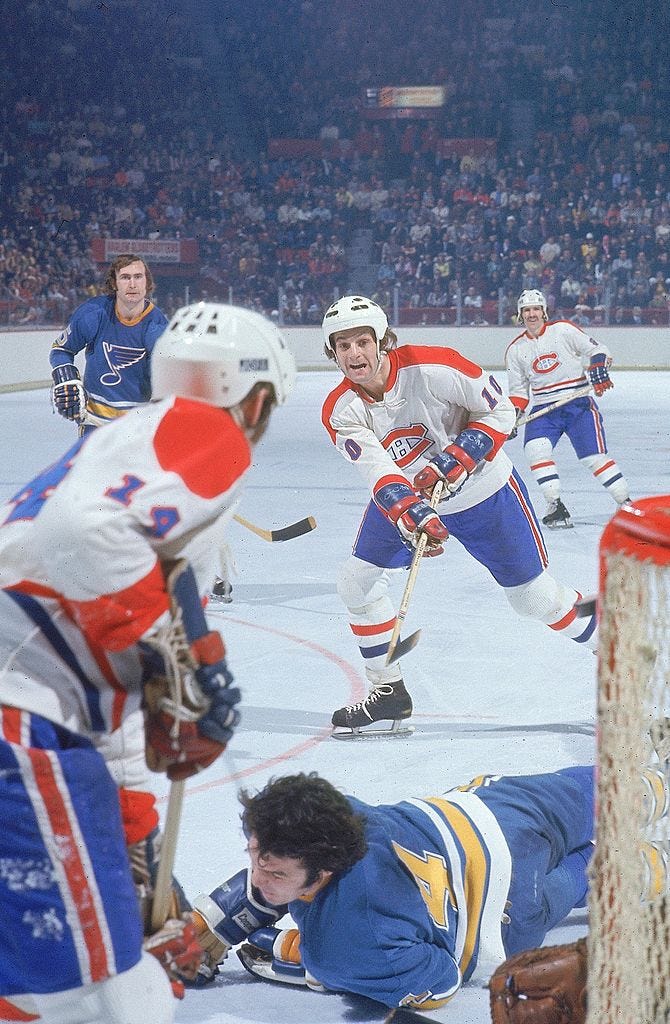Is it time to reward the NHL's youngest and best?
With more young players coming into the NHL, perhaps there could be another rookie award that goes to the best under-20 player in the best league in the world
It’s very early, but going into tonight’s games, 26-year-old Michael Bunting leads all rookie scorers in the NHL. You might be inclined to forget that Bunting still qualifies as a rookie, given that he had played 26 NHL games prior to signing with the Toronto Maple Leafs as an unrestricted free agent over the summer. But he meets both the games requirement because he has never had a season of 25 games, nor has he played six or more in any two previous seasons. And he meets the age requirement because he turned 26 two days after the Sept. 15 cut-off date.
You have to wonder whether it’s entirely fair, though, that in the race for the Calder Trophy, Bunting’s accomplishments this season will be measured equally against those of a couple of teenagers playing for the Anaheim Ducks – Jamie Drysdale and Mason McTavish. Going into this season, Bunting had played a total of 356 professional games over the previous six seasons. Drysdale played 38 games between the Ducks and their American Hockey League affiliate last season as an 18-year-old. McTavish had his entire Ontario Hockey League season wiped out in 2020-21 because of the pandemic and played just 13 games in Switzerland before appearing in another seven for Canada in the World Under-18 Championship.
It’s pretty clear that Bunting has a distinct advantage over a lot of his peers in the 2021-22 rookie class. He’s the oldest and most experienced player in the group, with as much as eight years and hundreds of professional games on some of his fellow rookies. Now, that will not diminish in any way Bunting’s accomplishments as a rookie this season. His path to the NHL was filled with obstacles and he persevered, coming up to the Arizona Coyotes last season and scoring 10 goals in 21 games. That should be celebrated. And when it comes to judging this year’s, or any other year’s, rookie class, the voters with the Professional Hockey Writers’ Association can only do so based on the criteria provided.
But there might be one way of at least giving recognition to those players who are doing special things at a much younger age. As it stands, a player cannot have reached his 26th birthday by Sept. 15 of the season in question. But what if the league created an award to recognize the best under-20 players as well? To be eligible, a player would have to be in his first year in the league according to the games criteria and not have reached his 20th birthday by Sept. 15. That would allow the league to continue with the Calder tradition of rewarding the best first-year players while recognizing that the huge gap between the ages of 18 and 26 creates an unlevel playing field. They could call it the Bep Guidolin Award, in deference to the former NHLer, who appeared in his first NHL game in November, 1942, one month before his 17th birthday.
With this award, the league would continue to give the Calder to the best first-year player and the Guidolin to the best under-20 performer. And if they happen to be the same player in a given season, that player would receive both awards.
The NHL has more supremely skilled young players now than it has ever had in its history. Why not celebrate them? After all, this is supposed to have an element of fun to it, isn’t it? Speaking of fun, let’s have a little and go back in time to see who would have won the Bep Guidolin Award in the past. I’ve gone back to the beginning the post-expansion era and listed the Calder winner each year and the player who would have won the Guidolin (based on Calder voting for that season).








One question about this Bep Guidiolin Award: If a player won it at age 18, would they eligible to win it at age 19? Technically, they would qualify because of their teenage status, but it could also create an advantage (or a voter bias) to someone who already won it.